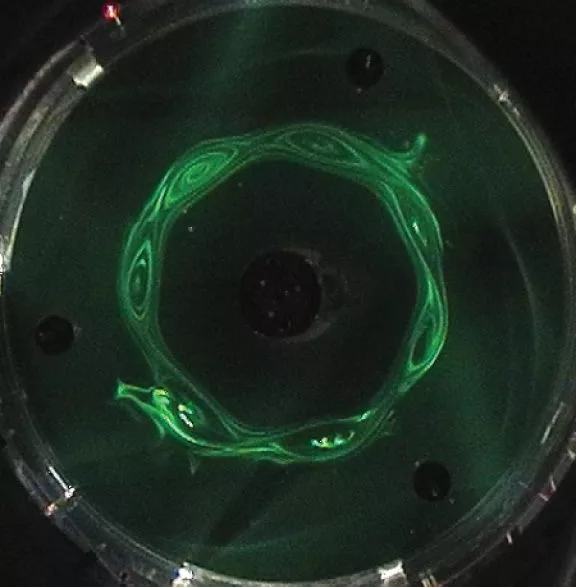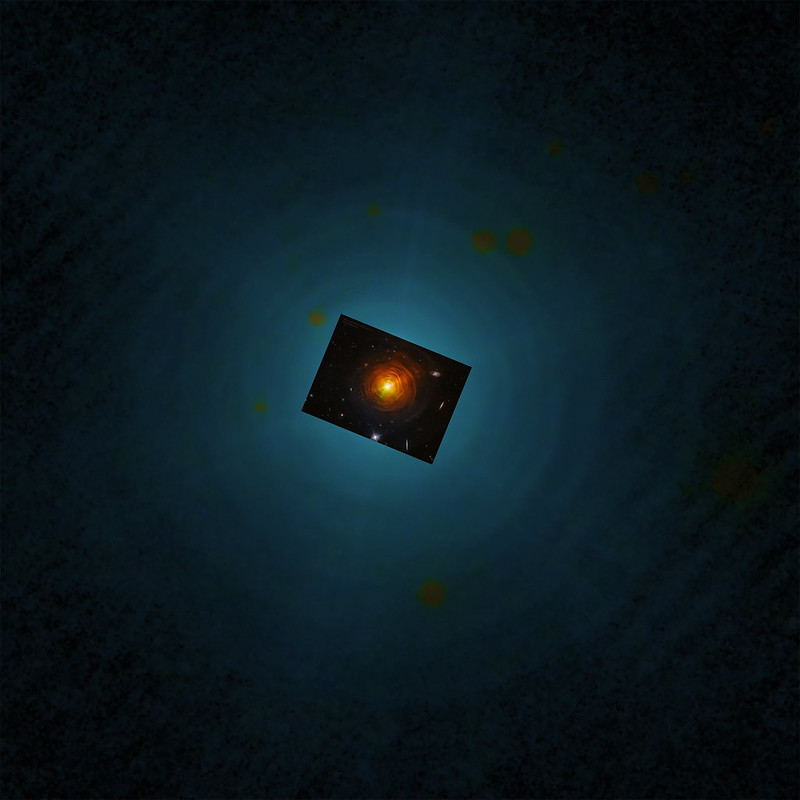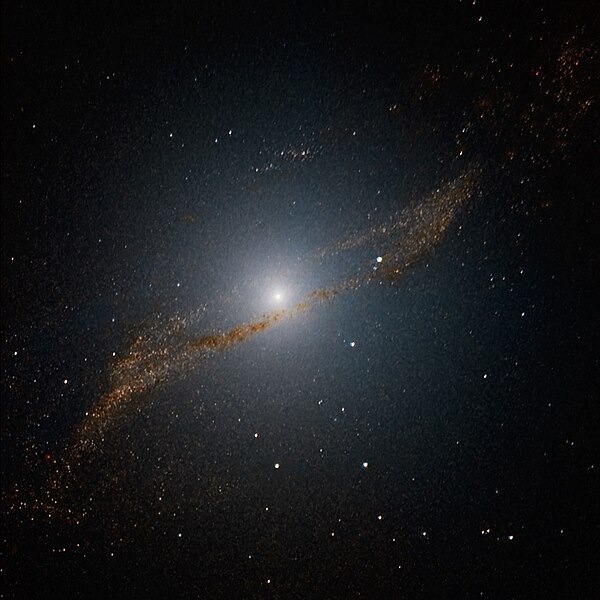shaileshs wrote: ↑Mon Jul 17, 2023 4:23 am
Wow, beautiful image. I wonder what are different objects scene in this photo -
e.g.
1) 4pm (within shells surrounding star) - orange/yellow object with circular dots around
2) 1 pm Orange object
3) 10am top left edge - 2-3 fuzzy galaxy like bluish objects
I wish the photo was published in a way where if we place a mouse on image it'd show various prominent and interesting objects (names/type)..
Maybe experts here in this forum can provide some details ? Thanks to Ann and ChrisP for answers and details to many of my past questions (and in advance for answers to my this and future questions).
I uploaded the "square ring galaxy" to my computer already in 2021! It is a very striking object.
This is clearly a barred ring galaxy, where the ring, for some reason, looks amazingly square. It is possible that the blue object just above it is a satellite galaxy affecting the ring galaxy through tidal effects, but I don't think that is the likeliest explanation. I find it more likely that the ring galaxy has "distorted itself" by means of its own star formation. Also it's possible that the square-looking shape is actually caused by an overlapping spiral arm.
Consider galaxy M61:
In the picture at left, you can see M61 in optical light. Note the angular shape of the spiral arms. But in the picture at right, M61 has been photographed at a wavelength that detects the galaxy's molecular gas. Note that the image at right looks a lot less angular. This means that it is mostly "the brilliant fluff" of the galaxy, the raging but superficial star formation, that makes the arms of M61 look angular. The underlying galactic structure of molecular gas, dust and low-mass stars is a lot smoother.
Galaxies are distorted by strong bouts of star formation, and I find it likely that the ring galaxy behind CW Leonis has distorted itself by this manner.
You asked about the orange light at 1 o'clock. That is almost certainly a star. What looks like a galactic disk surrounding it is almost certainly the sort of spikes and halos that are seen surrounding all the stars in this image.
You also asked about "10am top left edge - 2-3 fuzzy galaxy like bluish objects". Not sure what you mean by that, but please note that there are small blue objects scattered all over the image. These are distant starforming galaxies whose brilliant ultraviolet light has been redshifted so that they look blue to us. Or do they actually look so blue?
No, unfortunately not. Go to
this page and scroll down until you see "Colours and filters" at lower right. Here you can see that one of the filters used for this image was a wideband one centered on 606 nm, which is this color:
███. As you can see, it's not the least bit blue. But it is still the "bluest", i.e. the most short-wave sensitive, of the filters used for the image of CW Leonis, since the other two filters are infrared-sensitive ones.
So in other words, the galaxies that look blue, i.e., their ultraviolet light may in fact be redshifted so that it peaks somewhere between 400 and 500 nm, which will indeed make them look blue:
███. But many other redshifted colors are possible, including, for example, this one:
███. With the filters used for the CW Leonis image, a beige-looking background galaxy would still probably be mapped as blue!
The thing to remember is that all the blue-looking background galaxies in the CW Leonis image contain brilliantly bright and extremely hot O-stars which produce copious amounts of ultraviolet light. This ultraviolet light been redshifted into longer wavelengths before it reaches us.
Hope that helped!
Ann
 Shells and Arcs around Star CW Leonis
Shells and Arcs around Star CW Leonis
 so much for my "orange soot ink" claim
so much for my "orange soot ink" claim 





